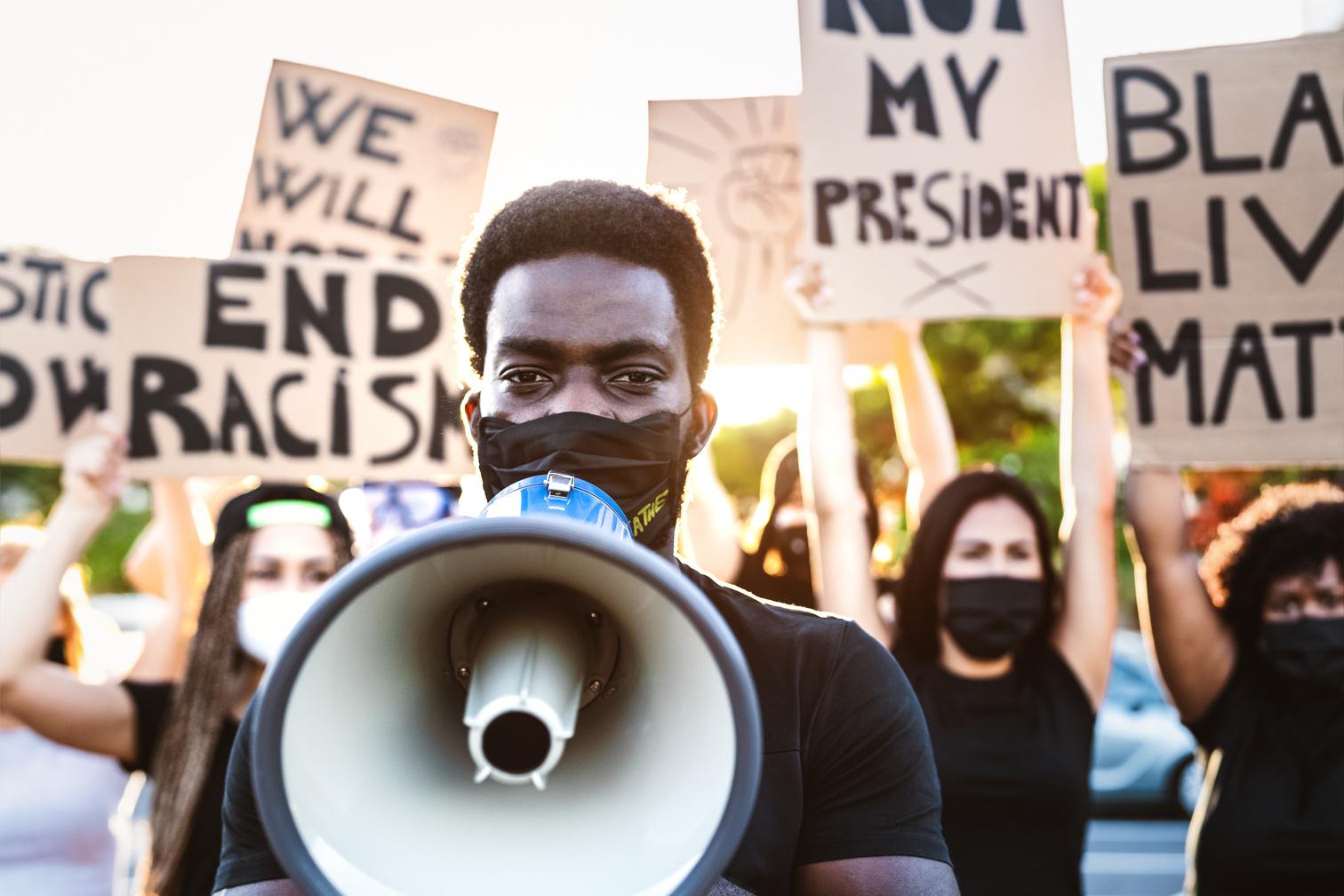
1 minute read
FRAMING IVP THROUGH A HEALTH EQUITY LENS
Safe States visualizes a future in which policies and practices are community-driven, past harms have been acknowledged, historically marginalized voices are elevated, and all sectors connect to invest in addressing the legacy of structural racism and eliminating inequities that drive injuries and violence, and other adverse outcomes. Racial and health inequities in the United States have existed since the founding of colonial America and have been well-documented by governmental statistics.
Pervasive inequities remain embedded into many of the country’s systems (e.g., healthcare, housing, criminal justice, education, built environment), and scholars continue to examine and identify structural racism as a critical social determinant of health. Intersectionality also adds another layer to identifying SDOH and interventions to dismantle the country’s current systems of oppression.
Advertisement
Intersectionality - a term coined by Kimberlé Crenshaw, a civil rights activist, professor, and legal scholar - is used to describe intersections of marginalized identities, such as being a person of color, being disabled, being low-income, or being an older adult. When you have multiple marginalized identities, they intersect and compound the impacts of multiple forms of oppression. Individual people experience these multiple forms of oppression, but because we are dealing with systems of oppression that are patterned, well-practiced, and create similar adverse outcomes across large numbers of people, we can also see how intersectionality and the compounded impacts of multiple forms of oppression affect entire populations of people. Achieving health equity requires valuing all individuals and populations equally, recognizing and rectifying historical injustices, and providing resources according to need. In a racially equitable society, the distribution of society’s benefits and burdens would not be skewed by one’s race. Racial equity holds society to a higher standard; it demands that we pay attention not just to individual-level discrimination, but to overall inequities across social and health outcomes. Adopting an equity lens into IVP strategies provides a framework to address confounding factors, allocate resources, and ensure accessibility according to the specific needs of individuals and communities at the greatest risk of experiencing intentional and unintentional injuries. Furthermore, addressing racial and health equity in IVP based on the Truth, Racial Healing, & Transformation pillars provides a framework for informing community-led action, improving health outcomes for all members of society, and eradicating structural inequities.

Findings from the Safe States IVP Health Equity Scan suggest that to effectively incorporate equity into IVP programs, practitioners must be able to:

Use longitudinal data to identify vulnerable and subpopulations adversely impacted by the topic of concern;
Develop community-level partnerships to understand the historical context of the subpopulation better; and Implement culturally-responsive programs and direct resources within the communities of interest.


